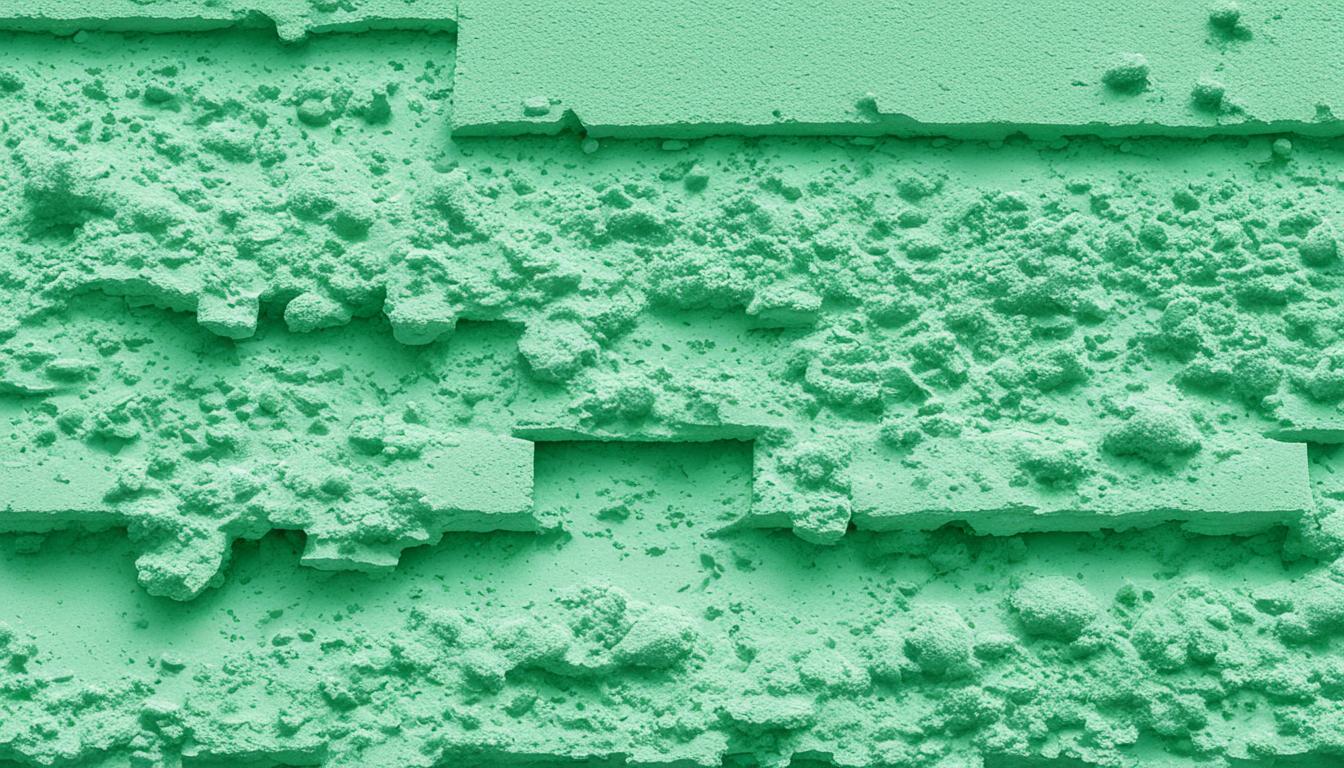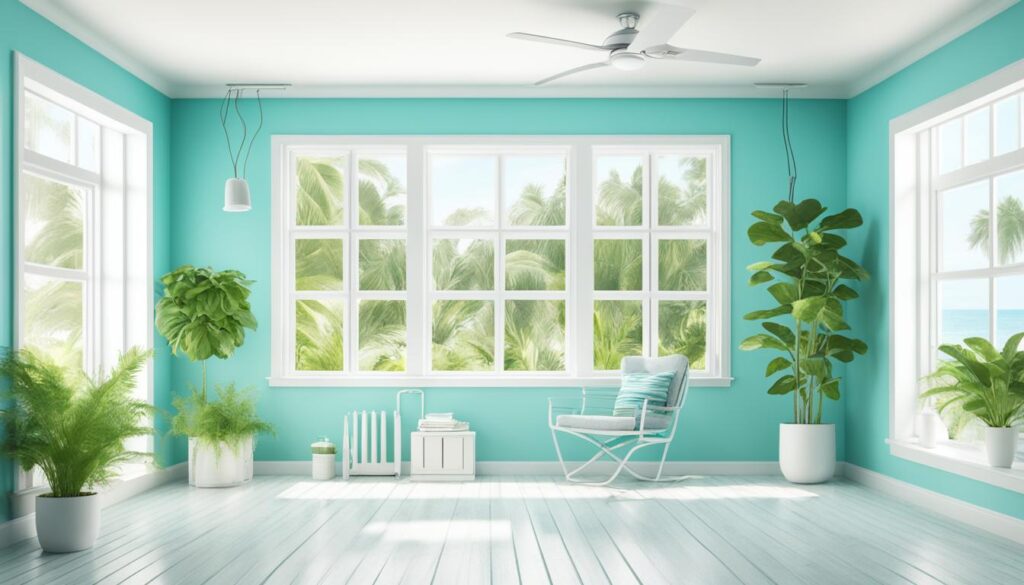
Mold Prevention for Florida Coastal Homes
Living in Florida’s coastal areas comes with its share of challenges, particularly when it comes to mold prevention. The combination of high humidity and moisture levels creates an ideal environment for mold growth. To protect your coastal property and ensure a healthy living space, it is crucial to implement effective mold prevention measures and strategies.
Key Takeaways:
- Florida’s coastal areas have a high humidity and moisture levels, making them prone to mold growth.
- Implementing proactive mold prevention measures is essential to safeguard your coastal property.
- Controlling humidity levels, ensuring proper ventilation, and maintaining your property are key strategies for mold prevention.
- By following best practices for mold prevention, you can create a healthier living environment for you and your family.
Effective Mold Prevention Techniques for Coastal Homes
Living in coastal areas of Florida comes with its fair share of challenges, especially when it comes to preventing mold growth. The combination of high humidity levels and proximity to water can create the perfect environment for mold to thrive.
However, by implementing the right mold prevention techniques, you can protect your coastal home from the damaging effects of mold. Here are some effective solutions:
1. Control humidity levels
One of the key factors in preventing mold growth is controlling the humidity levels in your home. Invest in a dehumidifier to reduce excess moisture in the air, especially in areas prone to humidity, such as basements, bathrooms, and laundry rooms.
2. Ensure proper ventilation
Proper ventilation is essential in preventing mold growth. Make sure your home is well-ventilated by utilizing exhaust fans in bathrooms and kitchens, opening windows to improve airflow, and using air conditioners to regulate moisture levels.
3. Regular maintenance and inspections
Regular maintenance and inspections can help you identify and address potential mold issues before they become major problems. Keep an eye out for any signs of water leaks, such as damp walls or ceilings, and repair them promptly. Additionally, clean and dry any wet or damp surfaces within 48 hours to prevent mold growth.
4. Use mold-resistant products
When renovating or building your coastal home, opt for mold-resistant materials and products. Mold-resistant drywall, paints, and insulation can go a long way in preventing mold growth and reducing the risk of moisture-related issues.
5. Proper drainage and landscaping
Ensure that your coastal property has proper drainage systems in place to prevent water accumulation around the foundation. Additionally, maintain a good distance between landscaping features and your home to minimize the chances of moisture seeping into the structure.
By implementing these mold prevention techniques, you can create a healthier living environment and protect your investment from the damaging effects of mold. Remember, prevention is always better than cure when it comes to mold growth in coastal homes.

| Mold Prevention Techniques | Benefits |
|---|---|
| Control humidity levels | – Reduces excess moisture – Inhibits mold growth |
| Ensure proper ventilation | – Improves airflow – Regulates moisture levels |
| Regular maintenance and inspections | – Identifies and addresses mold issues – Prevents major problems |
| Use mold-resistant products | – Reduces risk of moisture-related issues – Prevents mold growth |
| Proper drainage and landscaping | – Prevents water accumulation – Minimizes moisture seepage |
Conclusion
Preventing mold growth in Florida coastal properties is essential for maintaining a healthy and mold-free living environment. By following these mold prevention tips and best practices, you can protect your investment and ensure the well-being of your family.
First and foremost, it’s crucial to control the moisture levels in your home. Use dehumidifiers in areas prone to high humidity, such as basements and bathrooms. Additionally, regularly inspect and repair any leaks in your plumbing system or roof, as they can contribute to mold growth.
Proper ventilation is another key factor in mold prevention. Make sure your home has adequate airflow by opening windows, using exhaust fans in the kitchen and bathroom, and keeping air conditioning units well-maintained. Good ventilation helps reduce humidity levels and prevents condensation, which can lead to mold growth.
Maintaining a clean and dry environment is vital. Regularly clean and dry areas prone to moisture, such as showers, sinks, and countertops. Ensure that your home is well-insulated to prevent moisture from seeping in. Additionally, use mold-resistant materials when renovating or building to minimize the risk of mold growth.




